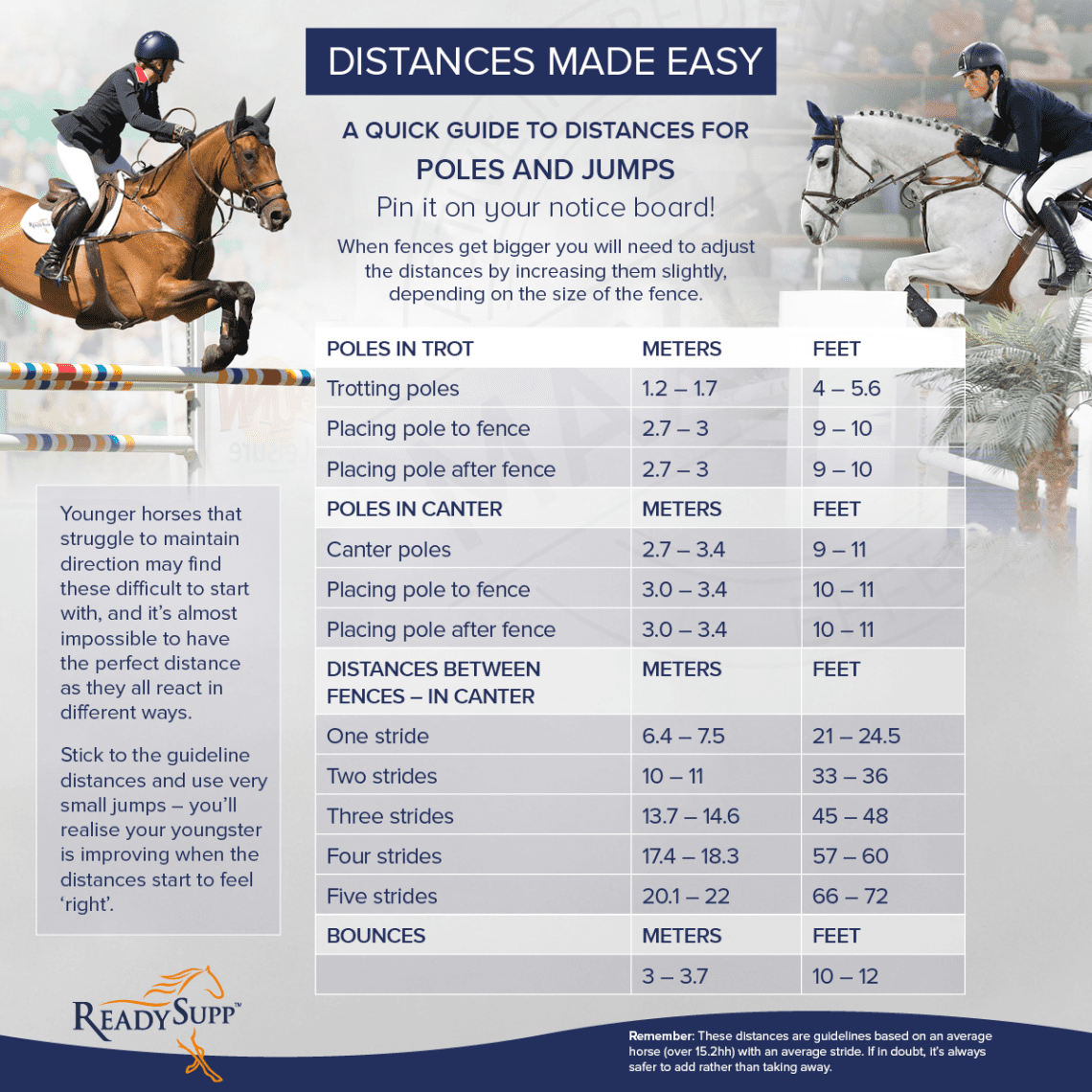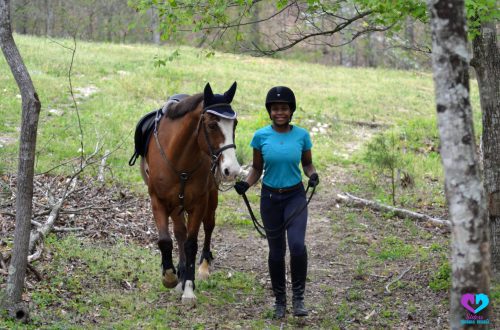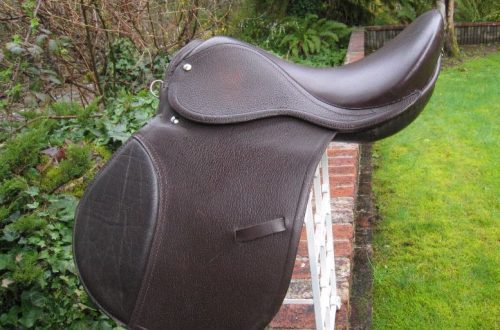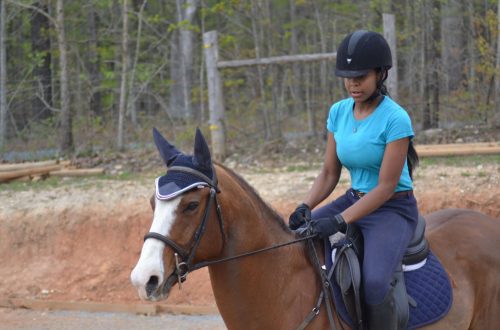
About distances in show jumping
About distances in show jumping
When conducting show jumping, be sure to work not only with single obstacles, but also with their combinations – double, triple systems and rows. This will greatly improve your horse’s jumping technique.
When building your own “route”, you need to correctly calculate the distance between the obstacles, because if it does not fit the horse, then he will make mistakes, he may lose self-confidence and stop trusting you, since you demand the impossible from him.
Here is a list of what you need to pay special attention to:
The size of your horse or pony determines the length of the step of the animal at the gaits, the size and types of obstacles. By overcoming various types of obstacles, you will be able to learn first hand how best to lead your horse to them.
The distance between obstacles depends on:
- barrier dimensions;
- horse stride length;
- horse riding;
- the ability of the rider to move the horse at a good canter.
We give approximate stride length at canter in different types of horses:
- ponies, small horses like kob – 3 m
- medium-sized horses – 3,25 m
- large horses – from 3,5 m
Remember that you must also consider place of landing and repulsion.
Approximate distance – 1,8 m from the obstacle (approximately half the gallop pace). So if you have a one pace system, then there will be 7,1m between the hurdles (1,8m landing + 3,5 pace + 1,8 takeoff). This distance (7,1 m) will suit you if both obstacles are more than 90 cm high. If the obstacles are lower, then the distance must be reduced, otherwise the horse will need to go wider. If you have lowered the height of the barriers, try reducing the distance by 10-15 cm and see how the horse handles the system. Then, if necessary, adjust the distance again.
Over time, after the horse gains experience, it will be possible to introduce both shortened and widened rides into the training.
If you bet combination for a beginner inexperienced horse, remember that the first obstacle should stimulate the horse to jump, so you can put an upward oxer at the entrance (the front pole is lower than the back pole). Before setting up the systems, work out approaches to each type of obstacles separately.
You can use poles placed on the ground to get the horse to focus on it and lower its head and neck as it approaches the barrier. Such layings are always installed in front of the barrier, and not behind it. The same applies to fillings (flower beds, decorative elements).
If your horse is ready jump in the ranks (the jump is carried out at the pace, the horse goes into repulsion to the obstacle immediately after landing), remember that the distance between the barriers should not exceed 3,65 m.
It is desirable that the rider could measure distance in steps. Remember what your step is 90 cm. Try to always measure the distance between obstacles in steps to develop an eye. In one gallop pace of your horse, approximately 4 of your steps can fit. Remember to take off and land (your 2 steps). For example, if you calculate the pace and went 16 steps between obstacles, then this means that there are 3 canter paces (16 -2 (landing) – 2 (repulsion) = 12, 12/4=3).
Regular practice of calculating the distance will help you develop an eye and teach you how to plan a route. The distance you have traveled will tell you where you can shorten your horse and where you can push it to get to the optimal take-off point.
Valeria Smirnova (based on materials from the site http://www.horseanswerstoday.com/)





